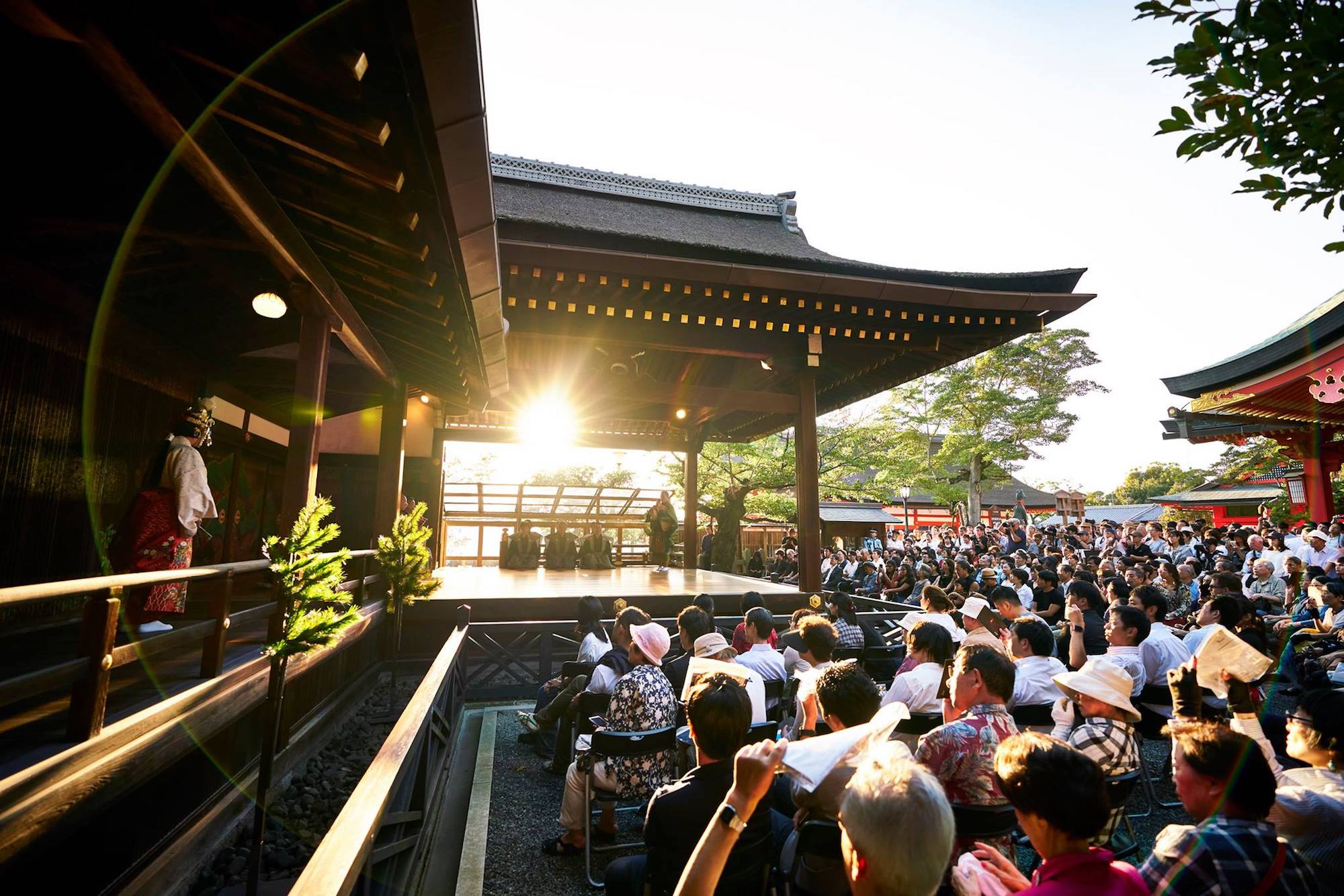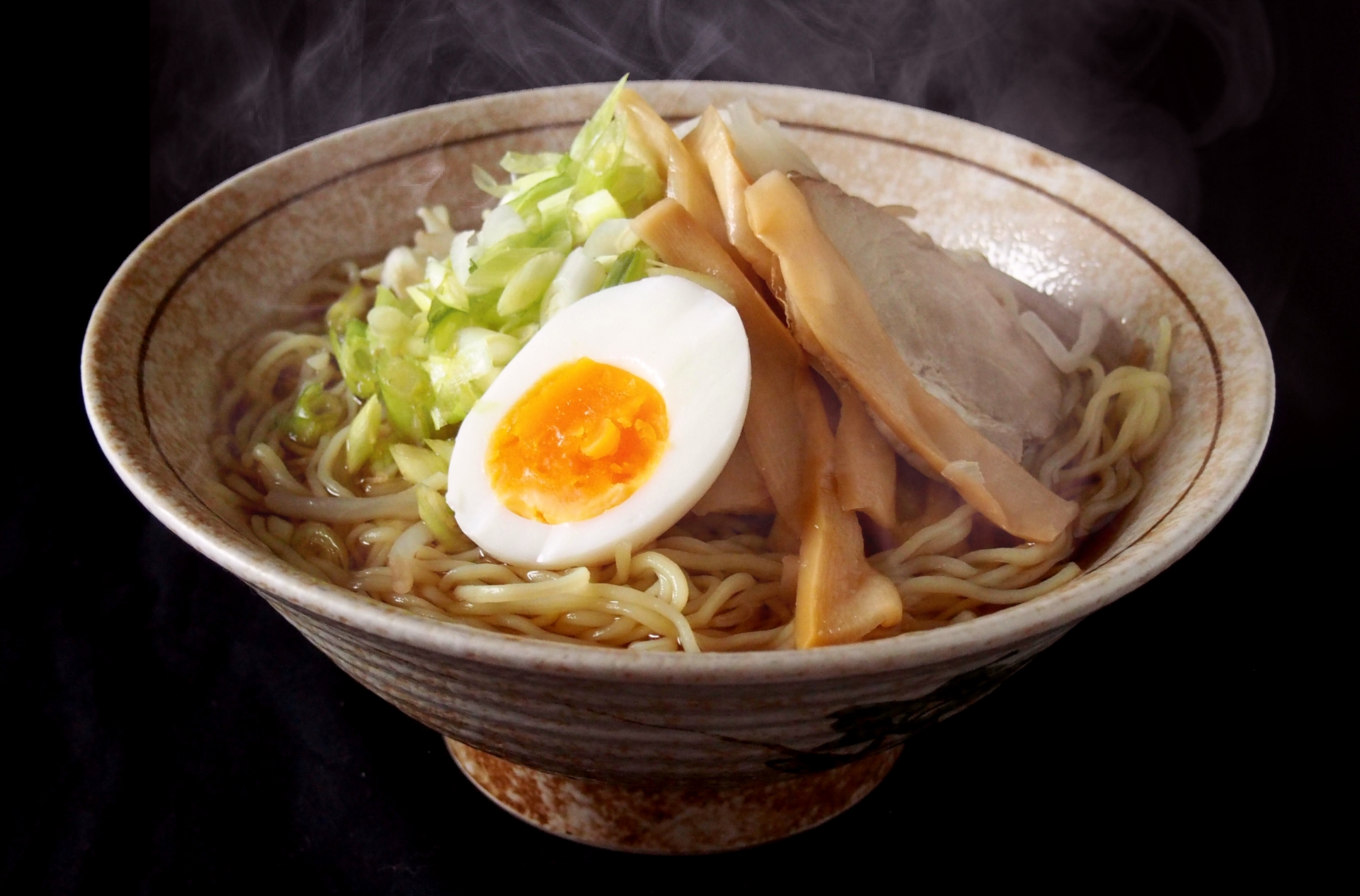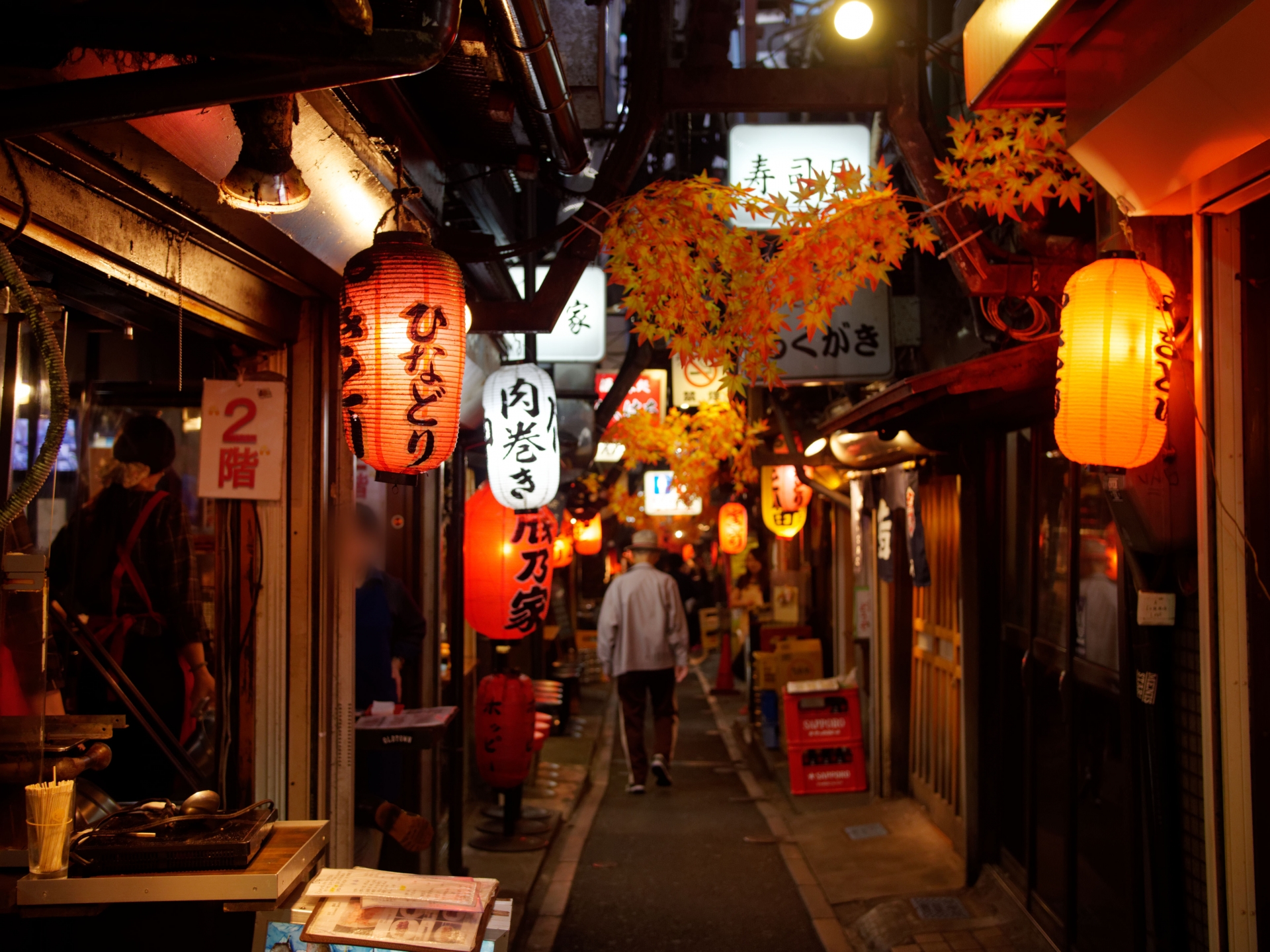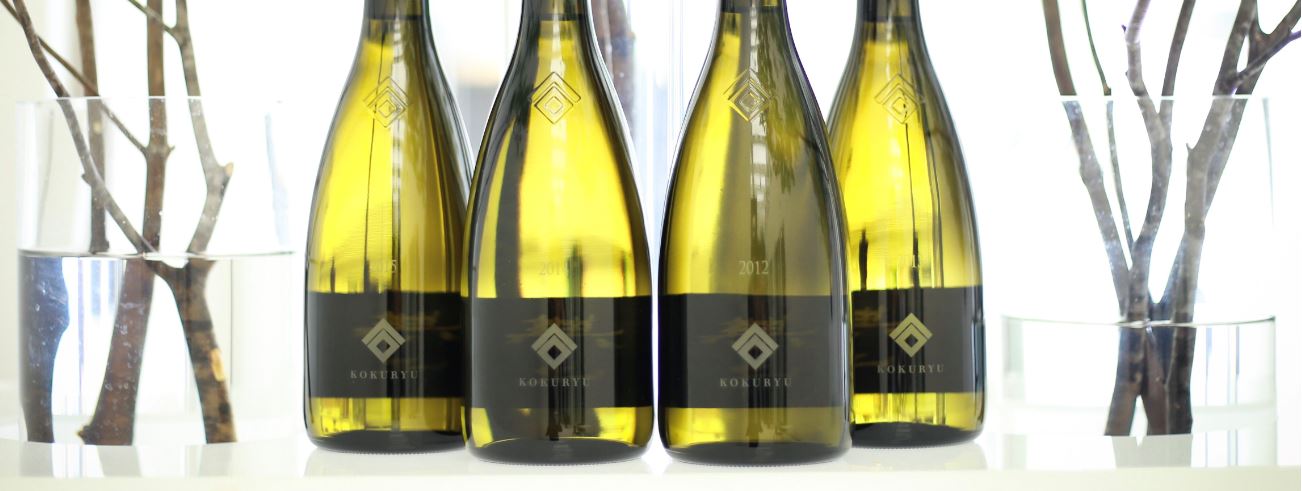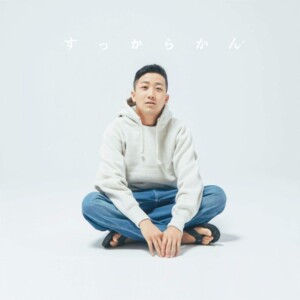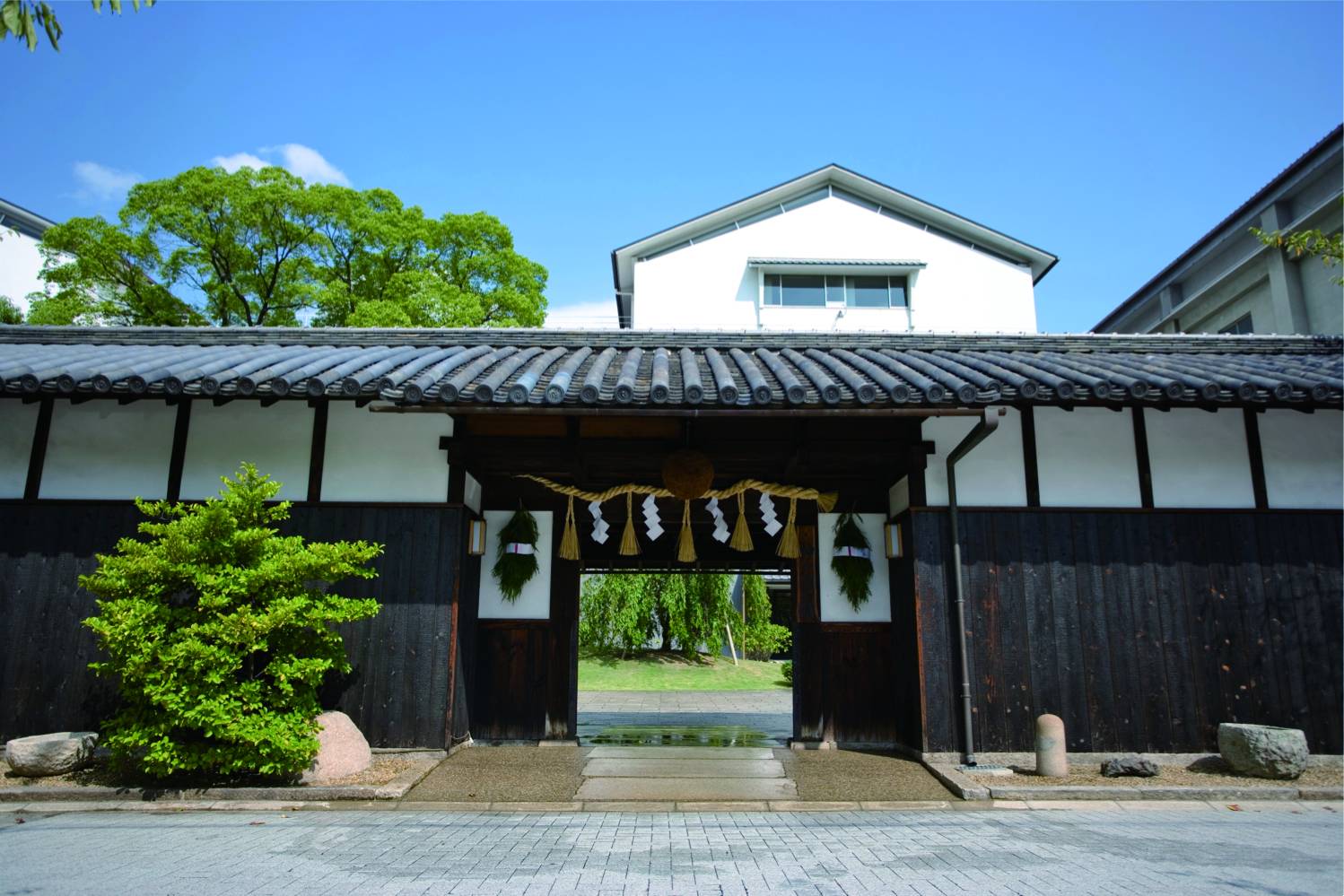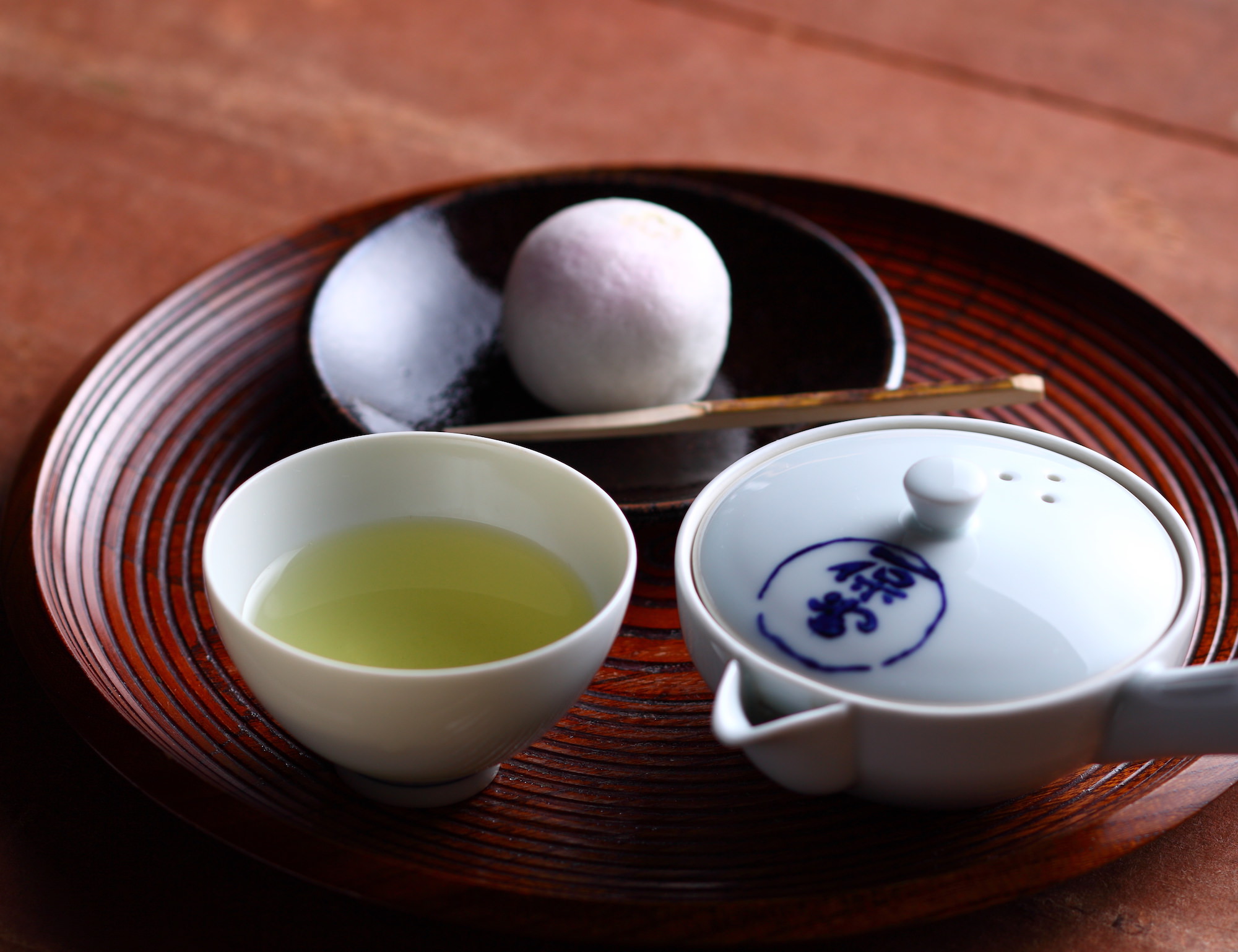-1200x800.jpg)
A Craftsman’s Obsession
Excerpted from the book “Japan’s Urushi Craftsmen: Can Old World Artistry Survive in the 21st Century?” By Bruce Rutledge
During a whirlwind tour of western Japan in spring 2019, I interviewed several craftsmen who work with sap from the Asian lacquer tree to make exquisite pieces of lacquerware. I imagined these craftsmen working in well-lit art studios or museum-like surroundings. Instead, I found them working out of their homes or in a warehouse-like office, their work aprons stained coal black from the urushi sap. They had more in common with my high school friends who could dismantle and put back together a car engine than they did with, say, a world-famous painter or sculptor. And yet their work is unparalleled. One of the men I met had been interviewed by media all over the world and is considered one of the greatest living maki-e artists, maki-e being a technique of painting images on the lacquerware using powdered gold, silver, and other colors. He paints designs on watch faces that are so detailed you have to use a loupe to appreciate them. But he was no Andy Warhol—not the flamboyant, self-promoting type—which may have been one reason Yamada Heiando, a prestigious lacquerware company that has been a purveyor to the Japanese Imperial Family since 1919, asked me to fly to Japan and meet these artists.
.jpg)
The dilemma is this: the urushi craftsmen (and, alas, they are all men) have a dangerous combination of well-honed skills and humility that doesn’t always play well in an age of social media likes and retweets. Plus, their products are so well made and durable that the shrinking Japanese populace can’t muster up the demand to keep the craftsmen in business. Lacquerware bowls and trays are passed down from generation to generation in Japanese families. The sturdy kitchenware is made even more robust when urushi is applied. These items last a lifetime and beyond.
There’s also this little problem with plastic knockoffs. To the untrained eye, the red and black plastic bowls and trays you’ll find at any Japanese thrift shop aren’t that different from the handmade urushi pieces, and they cost a fraction of what good lacquerware items cost. Of course, if we think for a moment about the long-term environmental impact of cheap, plastic knockoffs, the cheaper choice shouldn’t be so automatic. But this is the early twenty-first century, and convenience is still king.
Japan’s urushi industry must look overseas for demand. Unfortunately, the craftsmen are ill-equipped for that task. They don’t talk up their work. They are not savvy marketers. They are craftspeople who have devoted their adult lives and much of their childhoods to making lacquerware. I followed them through their workdays and never saw them peek at a cellphone. Not once. When they work, they are fully in the moment. They must be because their work is extremely detailed and constantly fraught with the possibility of failure. Everything is done by hand. One mistake along the way and that bowl or tray or vase ends up in the trash heap.
.jpg)
I was sent to such farflung destinations as Yamanaka Onsen near the Japan Sea coast and Sabae (Japan’s eyeglass capital) in Fukui Prefecture to watch these men work, to talk to them, and to chronicle what they do. Will this be the last generation to do this arduous work? Perhaps. But if the world fell in love with the lacquerware they create, perhaps a different fate could be had.
A Master of Maki-e
Minori Koizumi, fifty-eight, is a living example of “kodawari,” a Japanese term that is tricky to translate but hints at obsession. Think Bill Evans on the keyboard, Ichiro Suzuki in the batting cage, Meryl Streep with a script. Koizumi is a master maki-e artist who lives in Echizen, Fukui Prefecture. Urushi trees used to grow in the hills outside his home. Koizumi wears a visor with 3X magnified lenses that he flips down to peer through. He looks a little like a mad scientist as he focuses in on the tiny surfaces where he paints his masterpieces.
.jpg)
.jpg)
“It’s difficult to see with the naked eye, but I want people who look at my work with a magnifying glass or who zoom in on it with a camera to be impressed. I want the lines to be clean. If the finish isn’t done right, that’s no good. So I work hard to get it right. This is in my character,” he says of his penchant for fine detail that goes beyond what the human eye can perceive. “It’s an obsession of sorts. I guess you call it craftsmanship. That’s the most important thing.”
Koizumi uses lacquer to paint on the watch faces of high-end Swiss watchmaker Chopard. He paints figures of the Chinese zodiac in lush environments. A tiger slinks by a bamboo grove. A monkey picks an apple from a hanging branch. A pig stands in a field, wild grass in the foreground, a tree and bushes in the distance. All of these scenes are painted with painstaking detail.
.jpg)
-1.jpg)
Lacquerware maker Heiando has been working with Chopard for a decade on the Chopard LUX XP urushi watch series. Heiando has assigned the work to Koizumi, and he seems to be the perfect fit. His work is exquisite. He says each watch face takes two weeks, including drying time. His watch for 2020, the Year of the Rat, features a cute little mouse (the Japanese language does not have a different word for “rat” and “mouse”—both are “nezumi”) crouching on an ear of corn. A green-leaved sapling has accents of blue, and a pumpkin sits off to the side. Koizumi made eighty-eight of these watches, and each one has a price tag of about $25,000.
When asked why he spends so much time on details that can’t be seen by the naked eye, he has a ready reply: “It’s a luxury item. The customer is expecting the very best. It’s a beautiful watch, so even if you can’t quite see all the detail with your eyes, I want the customer to look at the watch and know it’s done right. I’m a little obsessive about it. I consider that the totality of my work, the most important part.”
Despite the fact that he is painting watch faces for a Swiss watchmaker, Koizumi contends that he is doing “classical Japanese work,” the calling of a true shokunin, or craftsman. He says modern conveniences have made his craft harder, not easier. For example, the quality of the urushi shokunin’s tools has dropped over the centuries.
“I use brushes, and there are limits to what the brushes can do,” he says. “The mouse-hair brushes made hundreds of years ago were better than the ones we have today. With modernization, the environment that mice are living in has worsened, and we can’t find good mice. And the people making the brushes have passed on, so it’s becoming harder and harder to find good brushes. I have to show patience as I work with these inferior tools.”
.jpg)
I ask Koizumi what the most challenging aspect of his work is. “It’s very detailed, and from the beginning to the end of the process, we must polish, clean, and apply layers over and over,” he replies. ”The chores begin to pile up. We don’t go through the routine just once. We must do it over and over. And to complete a piece, we have to adjust and make sure that each step is done correctly so that at the end, when we’re finished, it is the best piece it can possibly be. I think that’s the most difficult part about this work.”
Koizumi knew he wanted to be an urushi craftsman from a young age. “Since I was a little kid, I always liked drawing more than studying. I wasn’t much of a student,” he says.
When he graduated from high school, he decided to join an apprenticeship taught by a lacquerware master. “There were a lot of lacquerware teachers in Wajima then,” Koizumi says of the town at the very northern tip of the Noto Peninsula on the Japan Sea.
Wajima, a town of 28,000, is a mecca for lacquerware fans. The town’s famed morning market, where women hawk foodstuffs (fresh seafood, local sweets, etc.) and lacquerware along Asaichi-dori avenue, is more than a thousand years old. It’s said that the women formed the market long ago to barter for goods and food while the men worked in the lacquerware trade. The women still dominate today; they give the market its good-humored, hard-working character. Every morning from eight to noon, the city’s main street is flanked by stalls and flooded by shoppers from around the world. It was near this dynamic marketplace that a young Koizumi learned his trade.
He spent seven years there studying under various teachers, including one who had been designated a living national treasure. “I never once thought about quitting,” he says “I learned so much from so many people. There were difficult times, but nothing I couldn’t handle.” When he returned to Echizen, Koizumi was twenty-six.
.jpg)
Today, Koizumi represents the hopes for urushi craftspeople who desperately need to connect with companies and art aficionados overseas. His watch work for Heiando and Chopard is an example of Japanese lacquerware appealing to Europeans in a new way.
European collectors have been fans of urushi for centuries, ever since Portuguese Jesuit missionaries were attracted to the lacquerware in the seventeenth century. However, supply has always been limited and the market remains relatively small.
Still, the urushi trade has proven resilient, surviving in one way or another for centuries.
“The traditional Japanese craft of maki-e has continued for hundreds of years,” he says. “I want my customers to feel that attractiveness.”
Author profile

- Bruce
- Bruce Rutledge loves books, baseball, and Pacific Northwest beer, He also loves Japan and has dedicated his career to telling more stories about the country through books, magazines, newspapers, TV, radio, and now, on Origami magazine. He works in Seattle's Pike Place Market. Come visit him in his store in the Down Under.
Latest entries
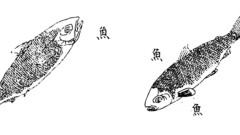 JAPAN2021.04.21KANJI-GATE: Fish Radical
JAPAN2021.04.21KANJI-GATE: Fish Radical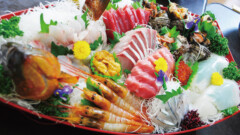 WORLD2021.04.20ORIGAMI Vol 17 – Blowfish!
WORLD2021.04.20ORIGAMI Vol 17 – Blowfish! JAPAN2021.04.09Japan’s Fishing Paradise
JAPAN2021.04.09Japan’s Fishing Paradise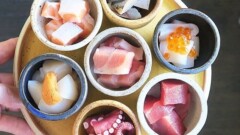 WORLD2021.04.08Honor Your Fish
WORLD2021.04.08Honor Your Fish













